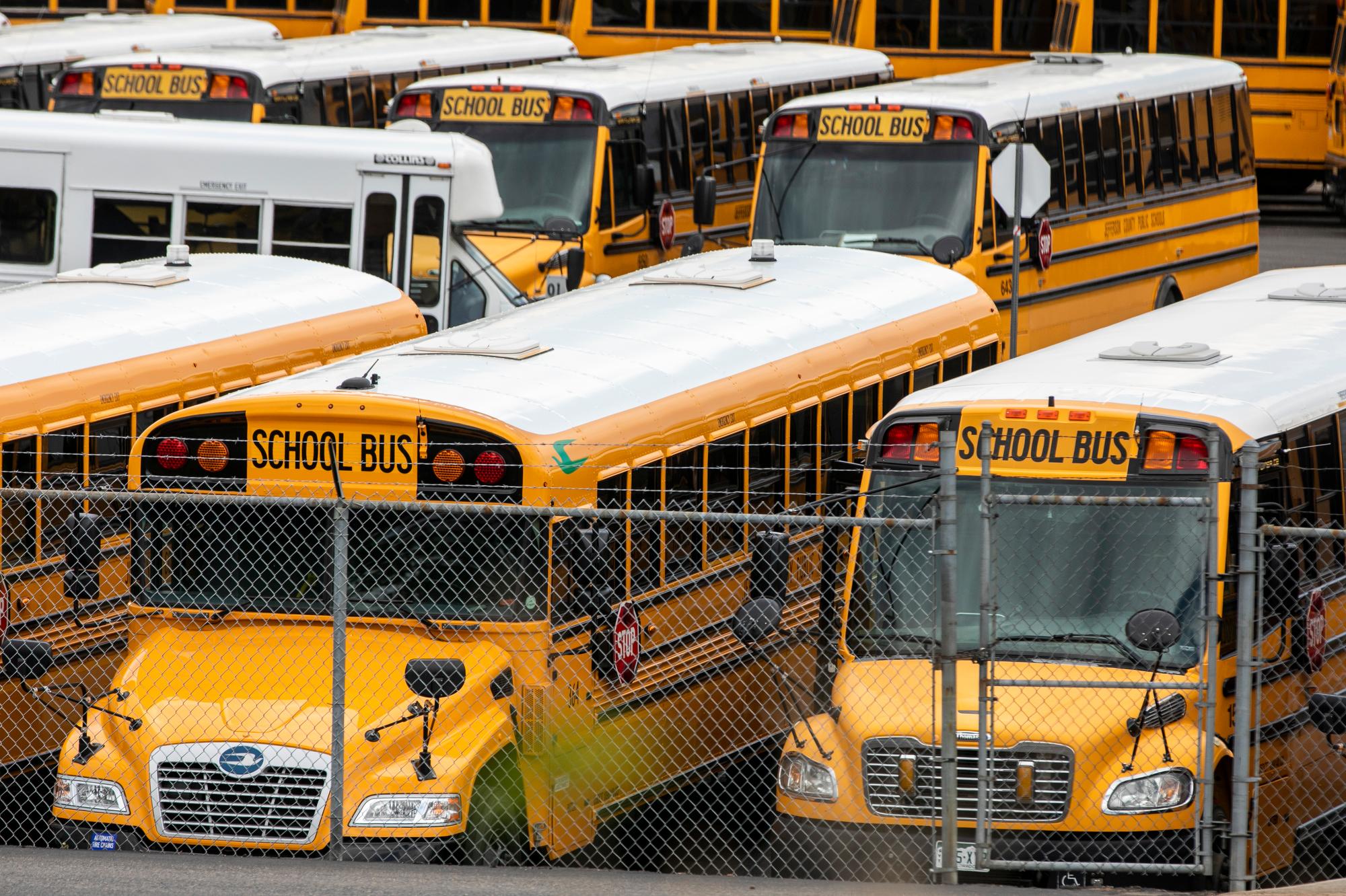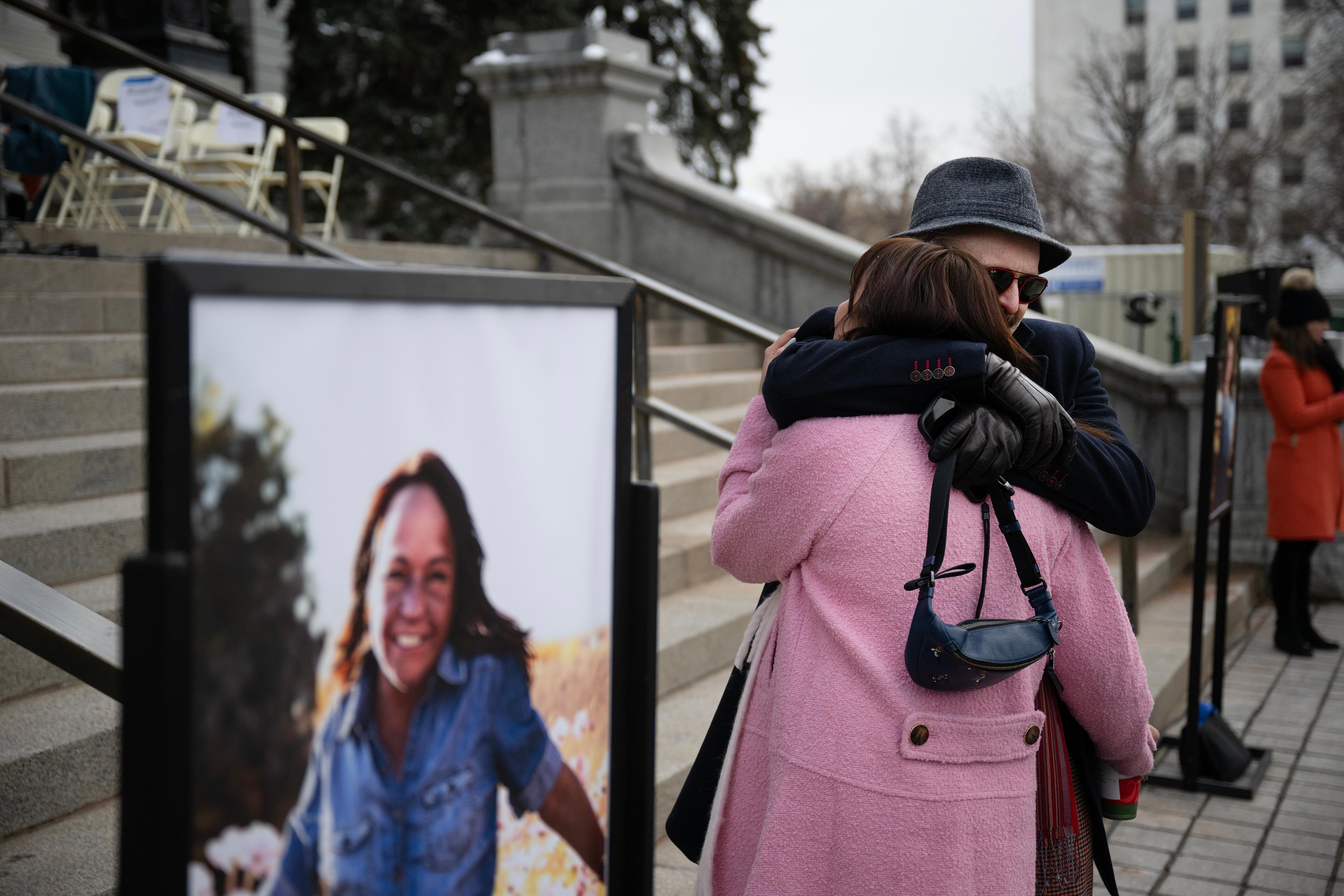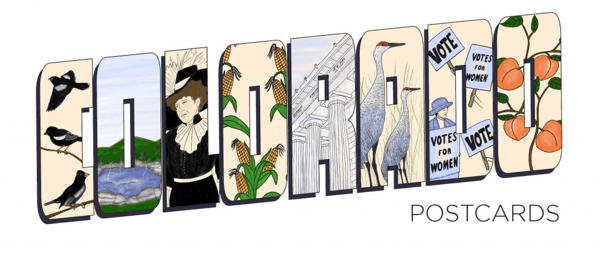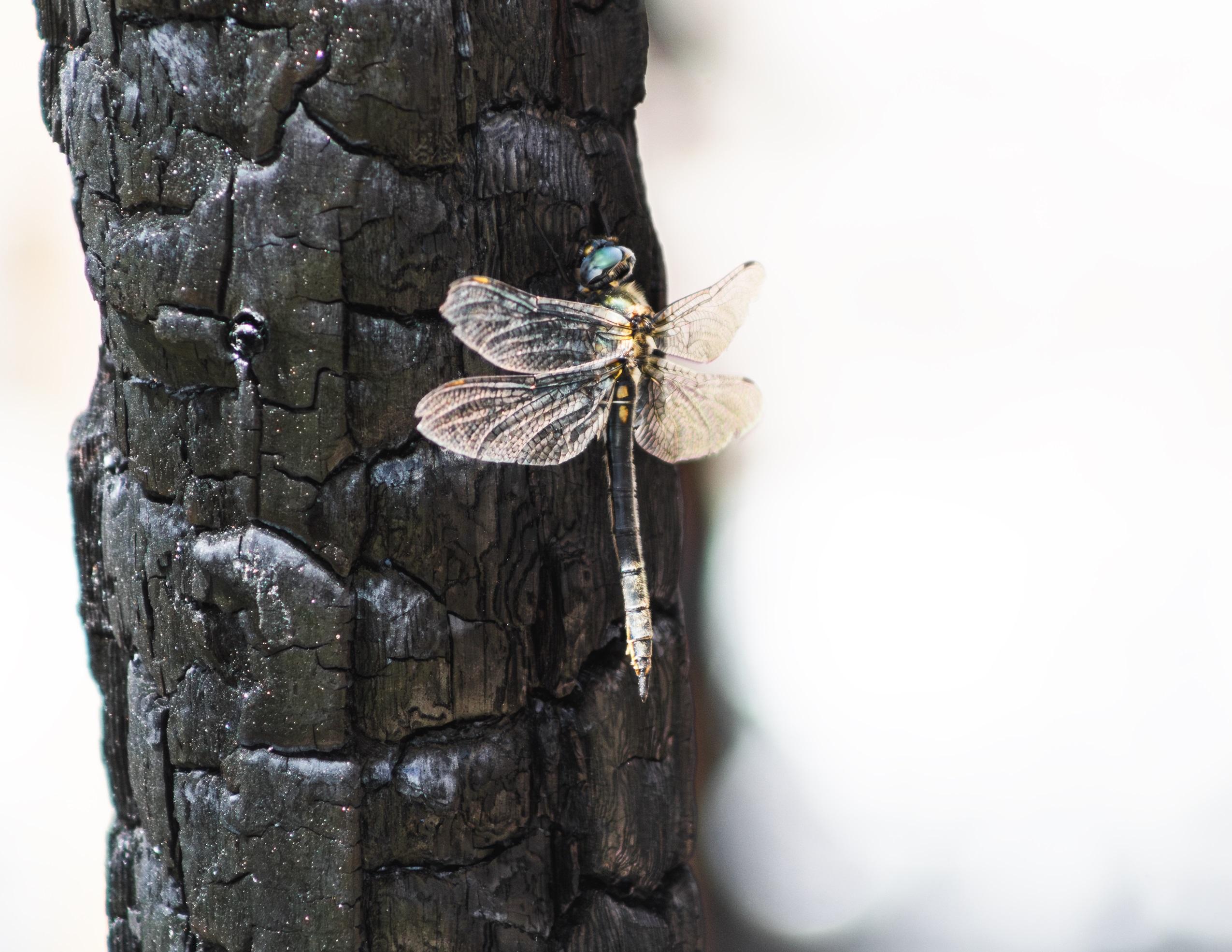
Her obsession with dragonflies began with the Marshall fire that destroyed her home in 2021. Sarah Nalley, who did her undergraduate work in evolutionary biology, already planned to dedicate her career to wildlife research, but after the Marshall fire, she began wondering about the effects of wildfires on animals.
“But not just whether they outran the fire or not or whether they survived,” said Nally. “They need to not only survive, they also have to reproduce.”
That brought Nalley, a doctoral student in biology at CU Denver, to her current research on how animal mating, in particular, is affected by climate change and wildfire.
The next step was picking a species to study. Nalley and her doctoral advisor, biologist Michael Moore, settled on dragonflies, because Moore said, they’re not too big and not too small.
“We often pick really small things … like drosophila, fruit flies,” said Moore. “But for someone who wants to study how animals are actually interacting with their natural environments, we need to pick something that's a little bit bigger.”
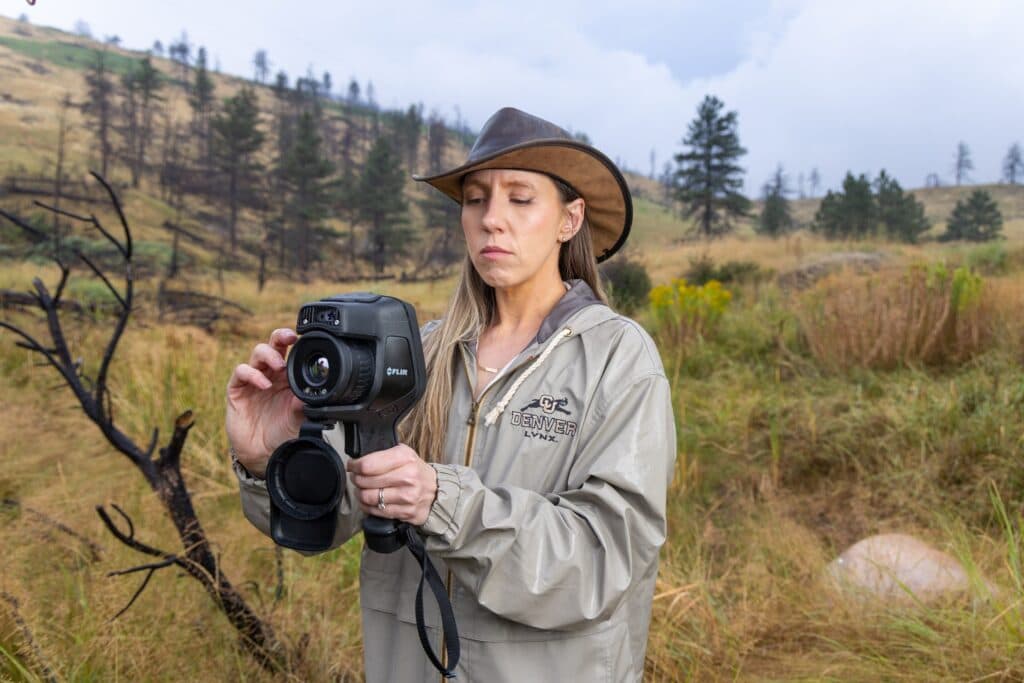
A bit bigger, Moore said, so they can be studied both in the field and in the lab.
Dragonflies are also good creatures to study because they have fairly short lifespans – about a year – and have withstood major environmental changes over 65 million years.
“Dragonflies are really some of our greatest survivors,” said Moore. “They survived through an asteroid impact. They've been here longer than flowers.”
But according to their research, climate change and wildfires are challenging the legacy of the dragonfly and in a way that hinders their ability to attract future mates. In particular, Sarah Nalley said, dragonflies with dark wing spots.
“These wing spots function like the mane of a lion or the antlers of a deer,” said Nalley. “The larger the wing spot, the more attractive you are to mates and the more intimidating you are to other competitors.”
The problem is, the dark wing spots absorb so much heat that the male dragonflies overheat, depleting their energy and their mating prowess.
“Dragonflies have these really elaborate mating behaviors,” said Nalley. “They're very territorial, they're fighting for females all day so if they overheat because of these dark wing spots, they can't compete for mates.”
As wildfires become more common and more severe, habitats that are burned become even hotter. The study found that in areas of the U.S. that have experienced the most warming along with the largest areas burned by wildfire, dragonflies with dark wing spots are going extinct.
The findings have implications up and down the food chain, said Nalley.
“If the species that eat dragonflies like birds and fish don't have prey, then they're going to go hungry,” said Nalley. “Dragonflies eat mosquitoes, so if nothing's eating the mosquitoes, we're going to see mosquito populations increase.”
Nalley’s collaborator Michael Moore credits citizen scientists, who use iNaturalist to take pictures of animals and plants and upload them to the internet, for providing much of the data for the research.
“So with that data about dragonflies all across the United States, we were able to document these really important patterns about how dragonflies are responding to climate change and to wildfires,” said Moore.
Moore said there are ways people can help reverse these trends, not just by advocating for environmentally-friendly policies, but also by working to preserve dragonfly habitats. He notes dragonflies have life cycles like frogs, which means in the juvenile stage they start out in water, so making sure ponds and streams are healthy is important.
“Our research shows that the thing that really seems most important to whether or not a dragonfly can persist in a place is whether or not it can breed there,” said Moore.
And he said, that means people need to consider what other species need in order to mate successfully so they can thrive.

